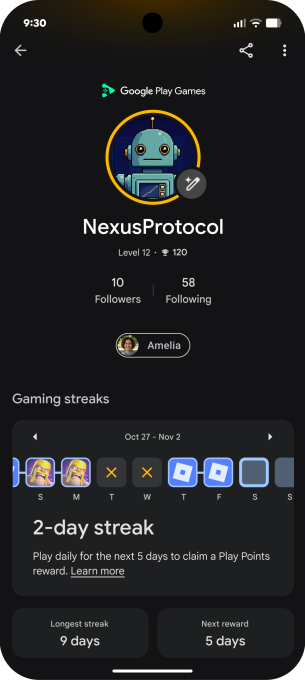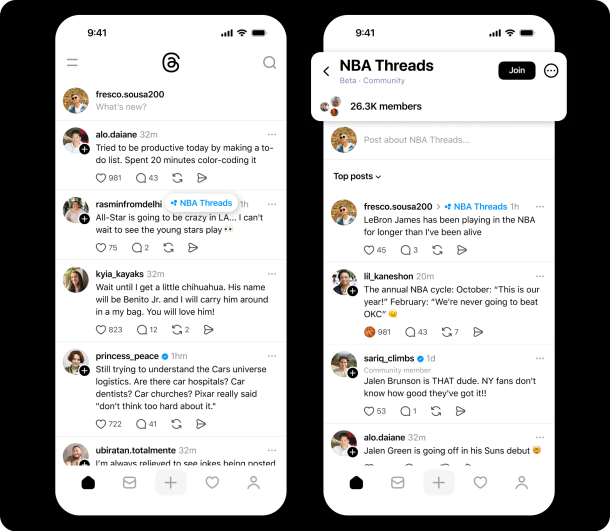
Remember Windsurf? The startup behind those “vibe coding” tools software engineers can’t stop talking about? Well, they just turned the volume up—big time.
On Thursday, Windsurf announced SWE-1, its first in-house family of AI models designed specifically for software engineering. Not just coding—engineering. And yes, there’s a difference.
The lineup includes SWE-1, SWE-1-lite, and SWE-1-mini, with each version tailored for different needs. SWE-1 is the heavyweight here, trained to handle complex software tasks across multiple environments—from your terminal to your IDE to that random browser tab full of Stack Overflow results.
Now, here’s the twist: this model drop is happening while rumors swirl about OpenAI reportedly acquiring Windsurf in a $3 billion deal. So… launching your own AI models right as you’re getting scooped up by one of the biggest names in AI? Bold move. Some might say Windsurf is signaling that it wants more than just to build cool tools—it wants to own the stack, models included.
And SWE-1 isn’t just for show. According to Windsurf, it goes toe-to-toe with major players like GPT-4.1, Claude 3.5 Sonnet, and Gemini 2.5 Pro on internal benchmarks. It’s not quite beating Claude 3.5.7 yet, but for a first drop? Impressive.
The lite and mini versions are rolling out to everyone—free or paid—while SWE-1 is reserved for paying users (no pricing yet, but they claim it’s cheaper to serve than Claude).
In a launch video, Windsurf’s Head of Research, Nicholas Moy, sums it up: “Coding is not software engineering.” SWE-1 is designed for engineers who do more than just write syntax—they manage systems, navigate surfaces, and debug chaos. And they need an AI that can keep up.
From “vibe coding” to building its own frontier tech—Windsurf’s making waves.







